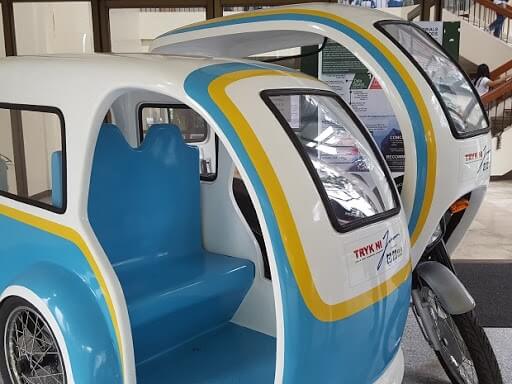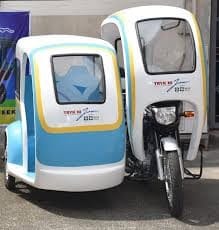
Abaca is a species of banana endemic to tropical countries such as the Philippines. The fiber gives the people livelihood and they reap its benefits because of its entrepreneurial use.
Over time, different industries have been keen on shifting into more organic and natural materials that will help them lessen the detrimental effects of other substances in the environment. Because of this greener demand, more people are trying to integrate abaca into the manufacturing industry. They create a wide array of products such as clothes, textile, furniture, novelty items, meat casings, cosmetics and skincare, and eco-bags. There is no stop for the demand in abaca.
Another industry that shows a clear interest in taking advantage of abaca’s tensile strength is the automotive sector. According to the Food and Agriculture Organization (FAO) of the United Nations, the fibers of abaca can be used as an effective alternative for glass fibers as a strengthening component in several automotive parts.

An example of this is a project done in collaboration with the Department of Science and Technology-Industrial Technology Development Institute (DOST-ITDI) and Korea Institute of Materials Science (KIMS), the Tryk ni Juan tested in Taguig City. This ingenious design is the reinvention of the tricycle. The overall build of the sidecar and roof is sleek and simple in construction. The sidecar and the roof of the Tryk ni Juan are made from abaca fiber-reinforced composite. In this set-up, we see how abaca was used as a component of alternative roofing.


Using the abaca in the construction of the sidecar and roof, the inventors did not just significantly reduce the total weight of the vehicle, but also improved the tricycle’s fuel efficiency. Furthermore, as this replaced the conventional steel structure of the vehicle, the insulating properties of abaca were put into great use for the convenience of both driver and passenger.
Though this crossover of abaca and engineering is nowhere near ready for commercial use, it is a great pioneering journey that holds the key in opening unexplored ideas. Innovation is geared towards continuous improvement of existing technologies to provide optimum convenience for the people and a more sensible approach to help the conservation of our environment. Who knows? Soon, we might get to see abaca in our household for a greener and eco-friendly tomorrow.
References:
- [1] (n.d.). Philippine Abaca helps in global environment conservation. Retrieved June 30, 2020, from http://www.philfida.da.gov.ph/index.php/archived-articles/19-philippine-abaca-helps-in-global-environment-conservation
- [2] (2016, July 2). Abaca to provide natural roofing for tricycle | Inquirer News. Retrieved June 30, 2020, from https://newsinfo.inquirer.net/793906/abaca-to-provide-natural-roofing-for-tricycle






